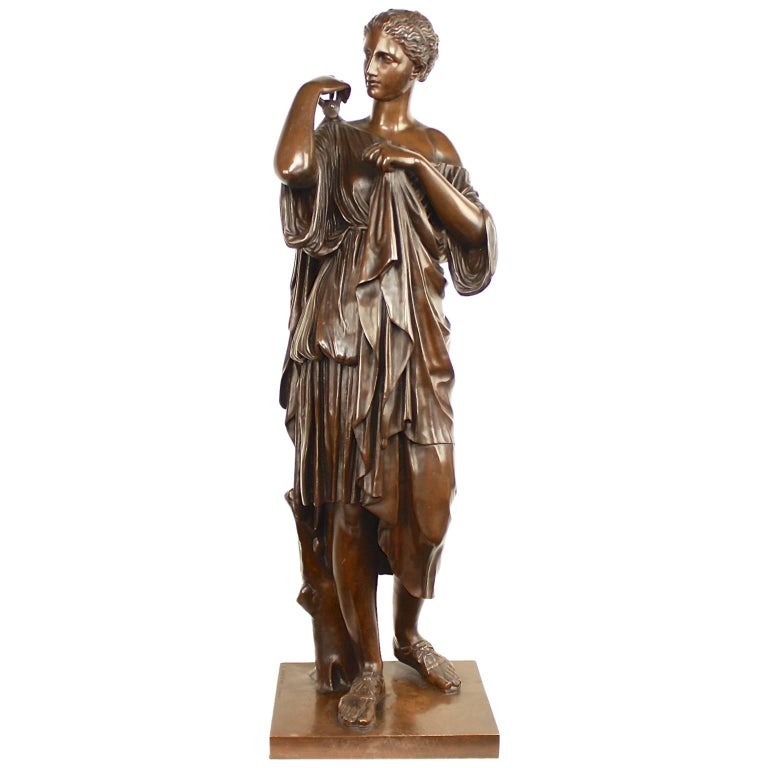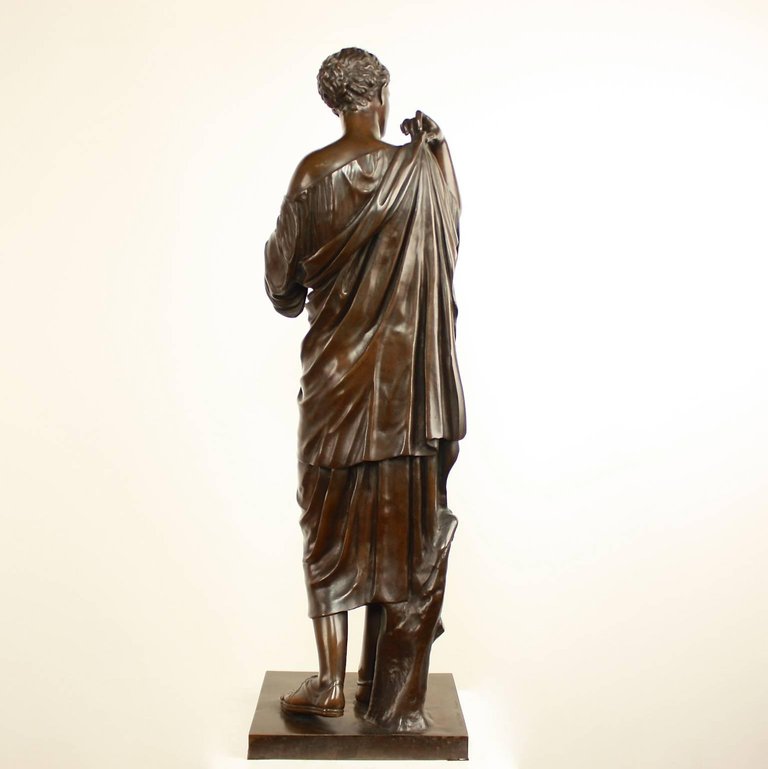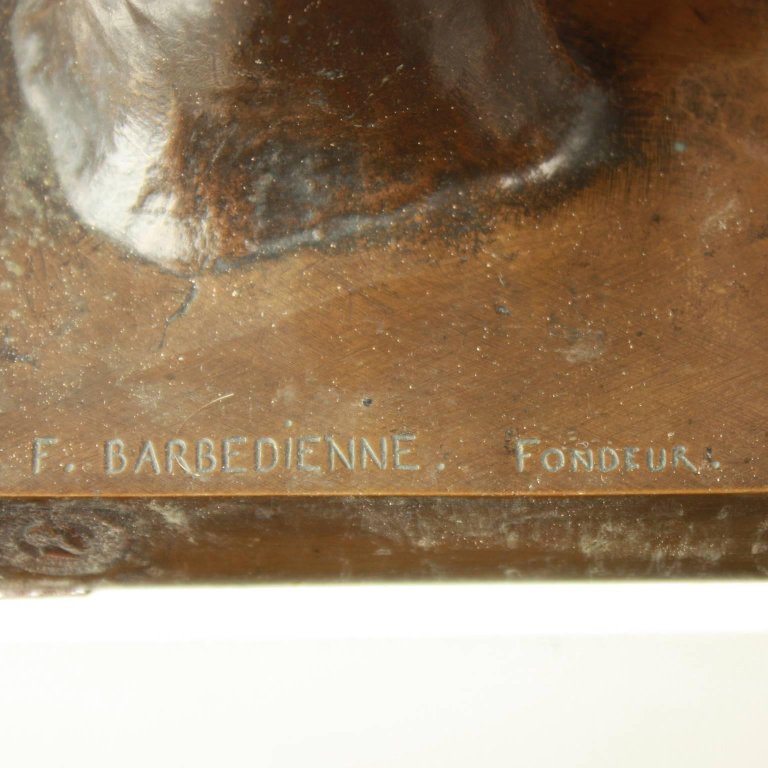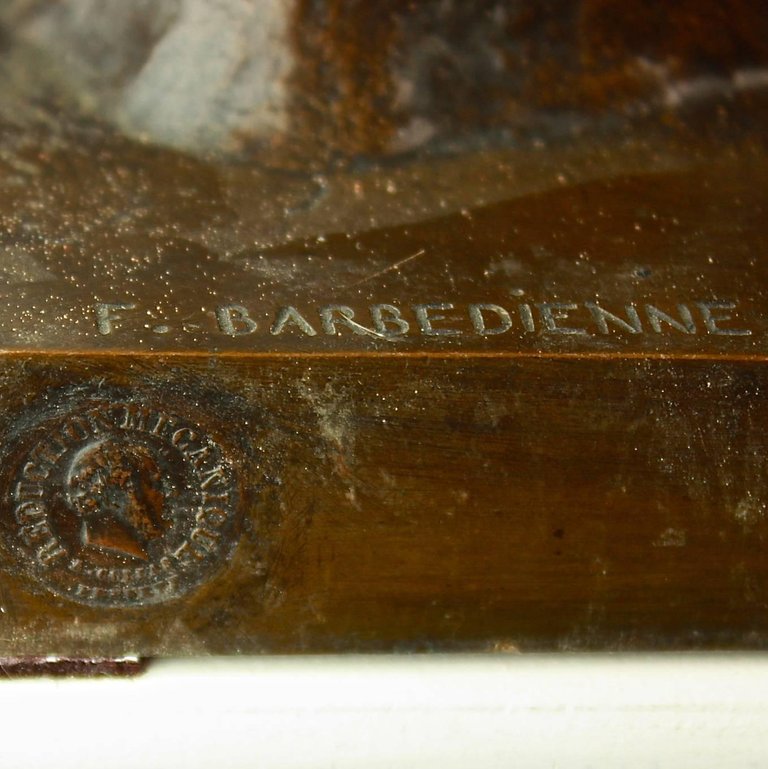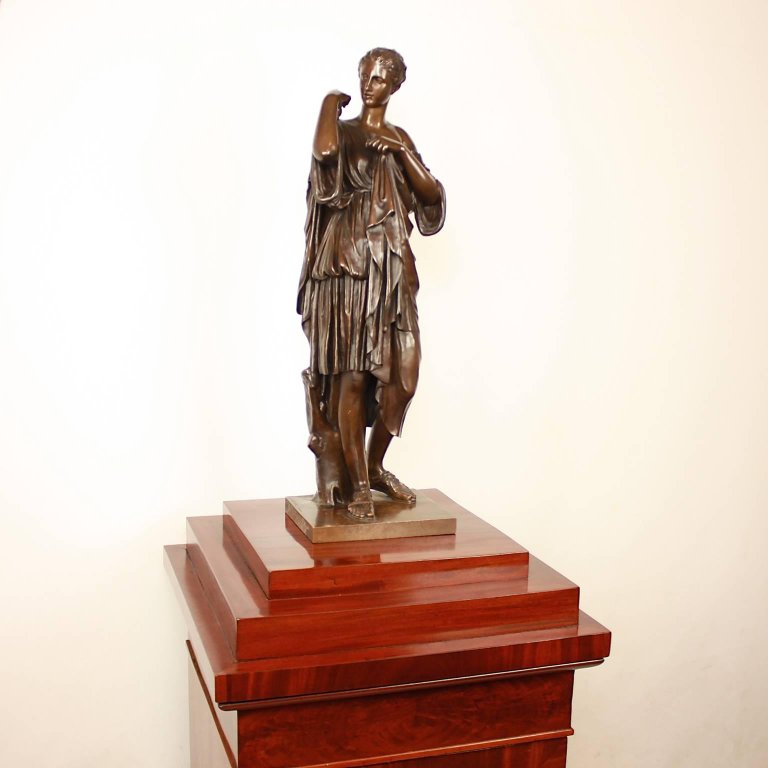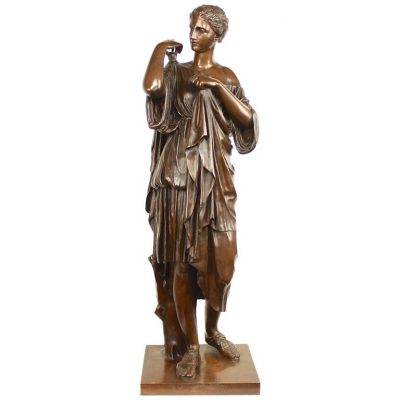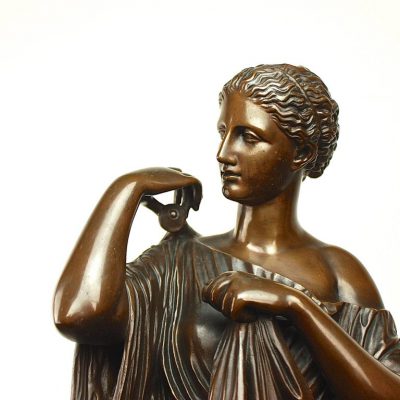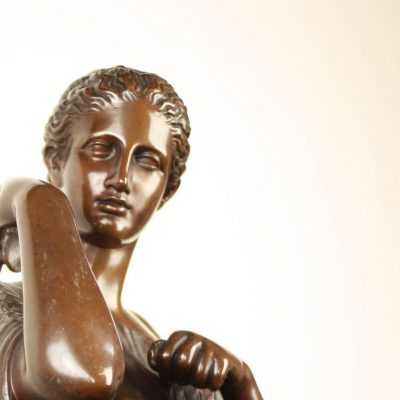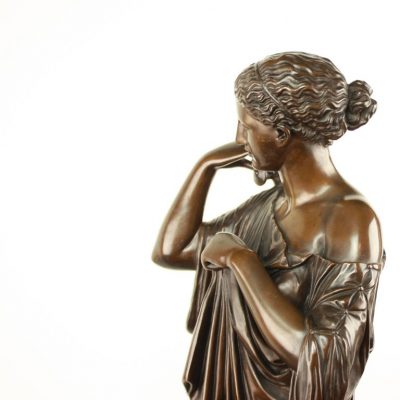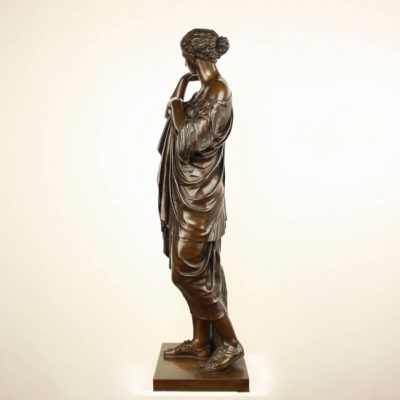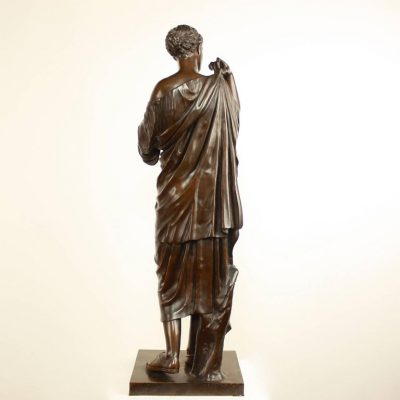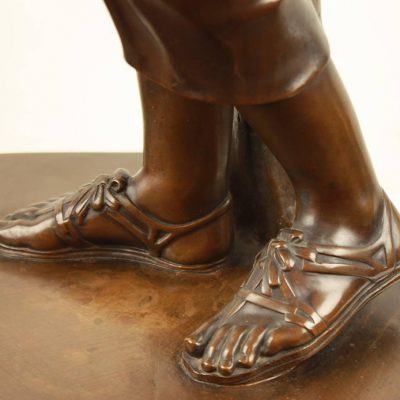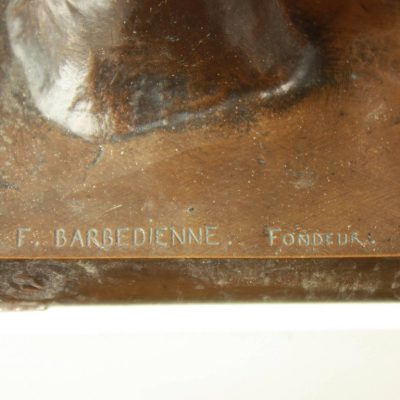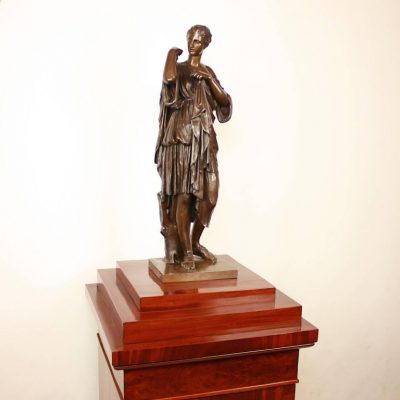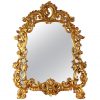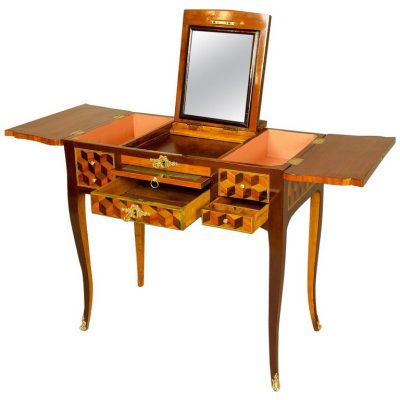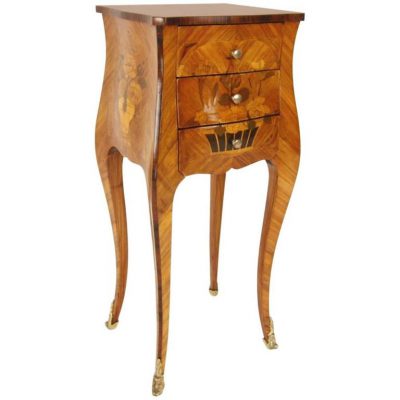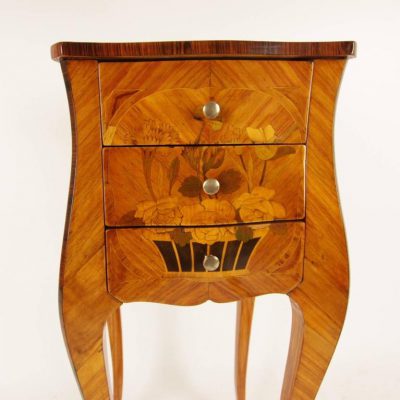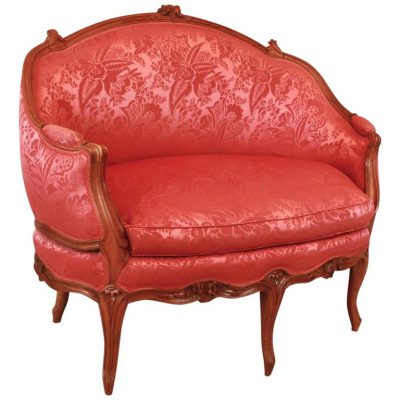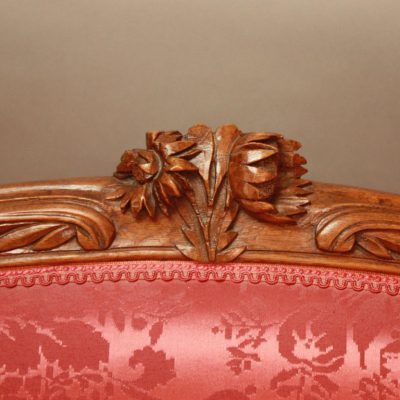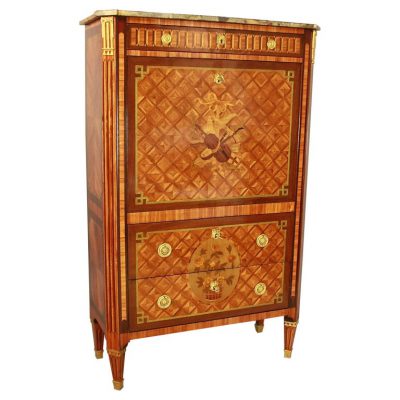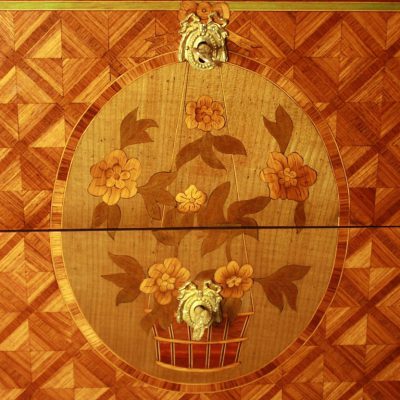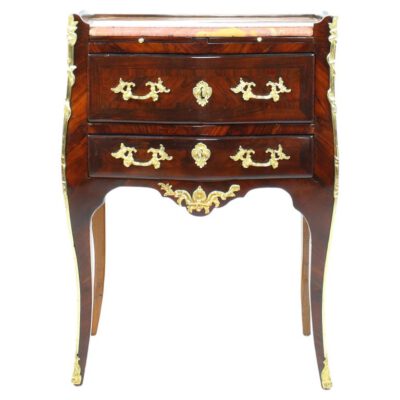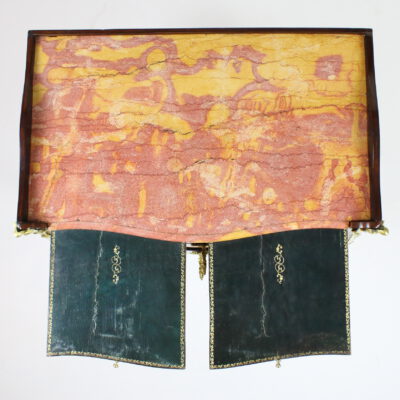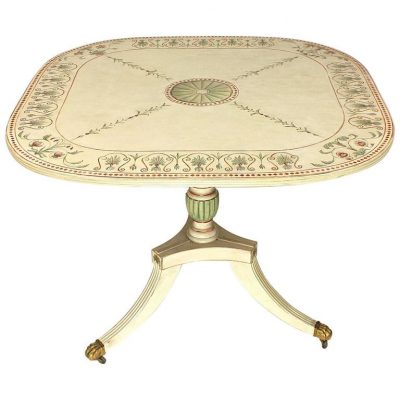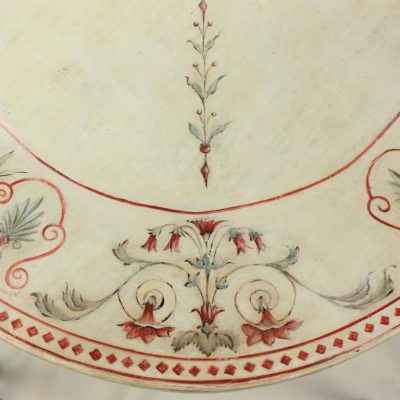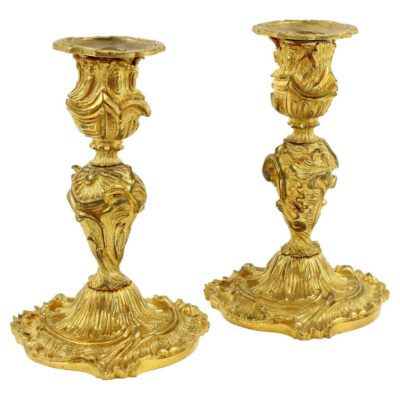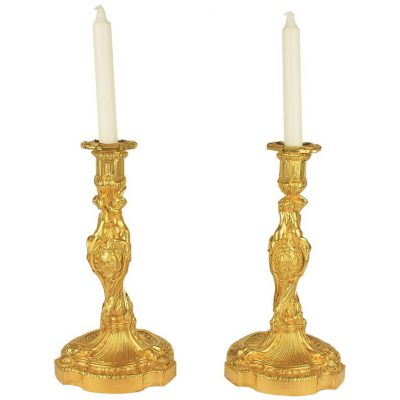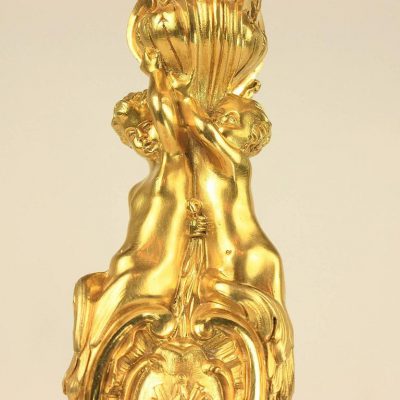A large bronze sculpture of the ‘Diana of Gabii’ signed ‘F. Barbedienne’. The Barbedienne foundry, well-known for its superb quality casts using ‘Collas’ mechanical reduction method, reproduced bronze sculptures after large original classical sculptures. Here it is the ‘Diana of Gabii’, discovered in 1792 by Gavin Hamilton on the property of the Prince Borghese at Gabii, not far from Rome, sold to Napoleon in 1807 and now at the Louvre. Diana is resting whilst in the act of pinning her cloak, standing in classical ‘contrapposto’ or counterpose with the weight of her body on the right leg, supported by a tree stump; the left leg is left free. Wearing a short chiton with large sleeves bound by two belts: one is visible around her waist, the other is hidden, allowing a portion of the fabric to be gathered, shortening the chiton and exposing the knees. The right shoulder is exposed while holding up the cloak.
The F. Barbedienne foundry was started in Paris in 1838 by Ferdinand Barbedienne and Achille Collas, who was the inventor of a machine that would mechanically reduce statues. They at first produced bronze reductions of antique sculptures of Greek and Roman origin. The foundry was well-known for its highest quality in casting. Ferdinand Barbedienne was made the President of the Reunion of Bronze Makers in 1865 a post he held until 1885.
Comparative literature: Florence Rionet: Les bronzes Barbedienne, l’oeuvre d’une dynastie de fondeurs, Paris 2016.

